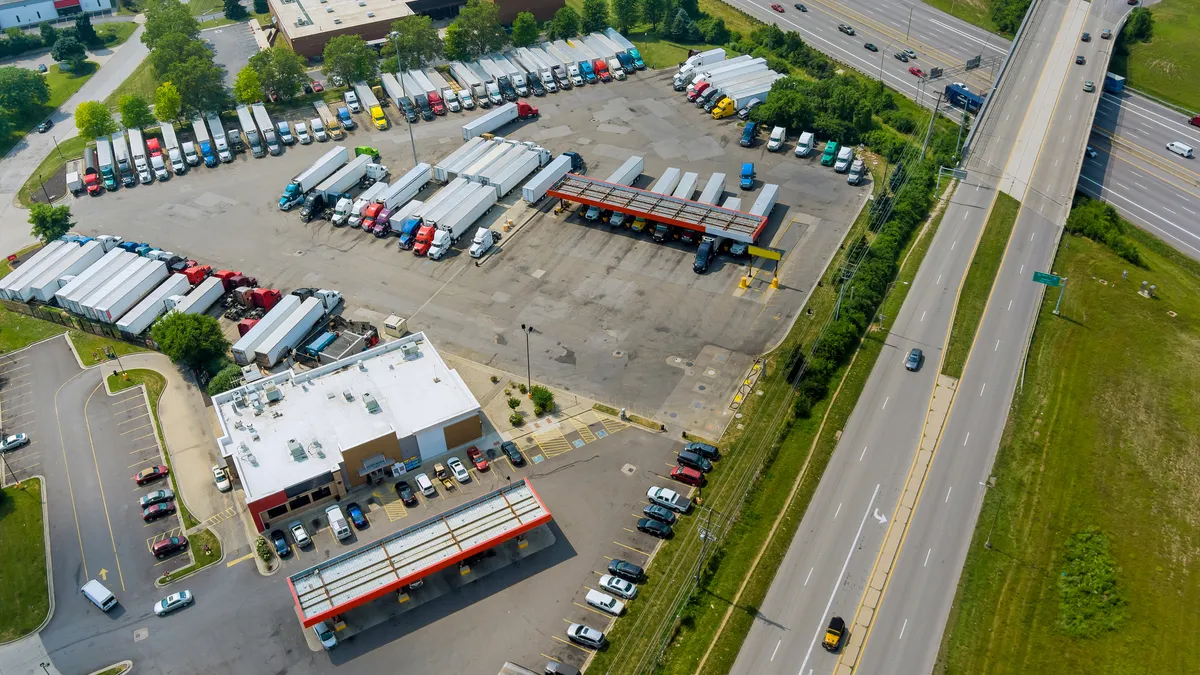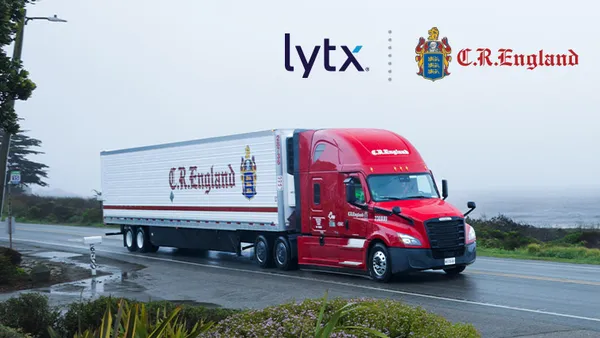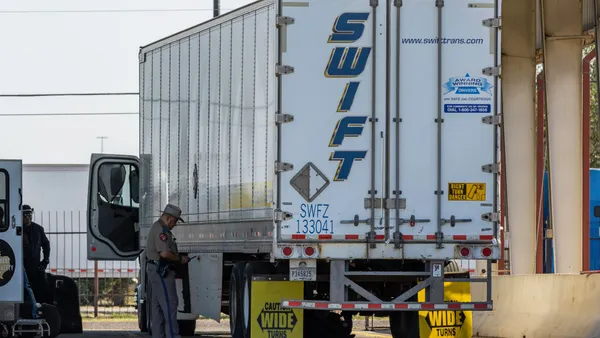Dive Brief:
- Five driving behaviors are “strong indicators” of future truck crashes, according to ATRI’s latest crash predictor report.
- Those leading indicators, according to the report published this month, are: a reckless driving violation, failure to use/improper signal conviction, a past crash, failure to yield right-of-way violation and an improper or erratic lane changes conviction.
- The study involved data from 2017 through 2018, due to a delay in FMCSA reporting, covering nearly 584,000 truck drivers and 38,797 crashes.
Several truck driver behaviors strongly linked to future crashes
Dive Insight:
While five behaviors have been highly consistent among reports from 2005 to 2022, the American Transportation Research Institute also said that there are now “25 different violations and convictions that increased the likelihood of future crashes.”
Other leading risks recently noted included convictions for failure to obey a traffic sign or signal, failure to keep in the proper lane, improper lane change, being in an improper lane/location and reckless/careless driving.
Targeting those issues, the report noted, can help all drivers, regardless of years of experience.
“ATRI’s Crash Predictor research allows carriers to target and monitor those truck driver behaviors that matter most,” Dan Horvath, American Trucking Associations’ vice president of safety policy, said in the news release.
A recent increase in truck crashes has made research on the topic more important, Horvath said. Early data from the Federal Motor Carrier Safety Administration from 2020 to 2021 showed an increase in crashes, rising from nearly 147,000 to over 168,000 crashes for large trucks last year. From Jan. 1, 2022 to March 31, preliminary data documented over 40,000 crashes.
“Having a science-based model for predicting crashes is one of the most important tools the trucking industry can have,” Horvath said.
Correction: A previous story incorrectly referred to probabilities regarding the research. According to the report, a truck driver with a prior crash involvement had a 113% increased likelihood of a future crash.













